Masjid al-Haram or Holy Kaaba Sharif, also known as the Supreme Holy Grand Mosque, is the holiest mosque in Islam and It is a blessed place in the whole Muslim nation. Masjid al-Haram, also known as the Holy House of mighty Allah, is located in the holy city of Mecca, Saudi Arabia. And Mosque in Islam is the focal point of the annual Hajj pilgrimage. The mosque is also the biggest popular destination for Muslims from around the world who come to perform Umrah, the lesser pilgrimage.
Masjid al-Haram is the most sacred site in Islam, and millions of Muslims visit it every year to perform the Hajj and Umrah pilgrimages. The mosque’s history dates back to the time of Prophet Muhammad (peace be upon him), and it has undergone numerous renovations and expansions throughout the centuries. In this article, we will delve deeper into the history, significance, and features of Masjid al-Haram.
History of Masjid al-Haram
The history of Masjid al-Haram dates back to the time of Prophet Ibrahim (Abraham in English) who built the Kaaba with his son Ismail. The Kaaba is a cube-shaped structure located at the center of the mosque and is considered the holiest site in Islam. According to Islamic tradition, the Kaaba was built as a place of worship for Allah and was the first house of worship on earth.
Allah commanded Prophet Ibrahim to build a house of worship at the site of the Kaaba, which is located in the courtyard of Masjid al-Haram, according to Islamic tradition. The Kaaba is a cubical structure that Muslims believe was built by Prophet Ibrahim as a symbol of monotheism and devotion to Allah.
Over the centuries, the mosque has undergone several renovations and expansions. The first major expansion occurred during the time of Prophet Muhammad (peace be upon him) when he conquered Mecca in 630 CE. During his lifetime, the mosque was expanded several times to accommodate the growing number of Muslims coming to Mecca for pilgrimage.
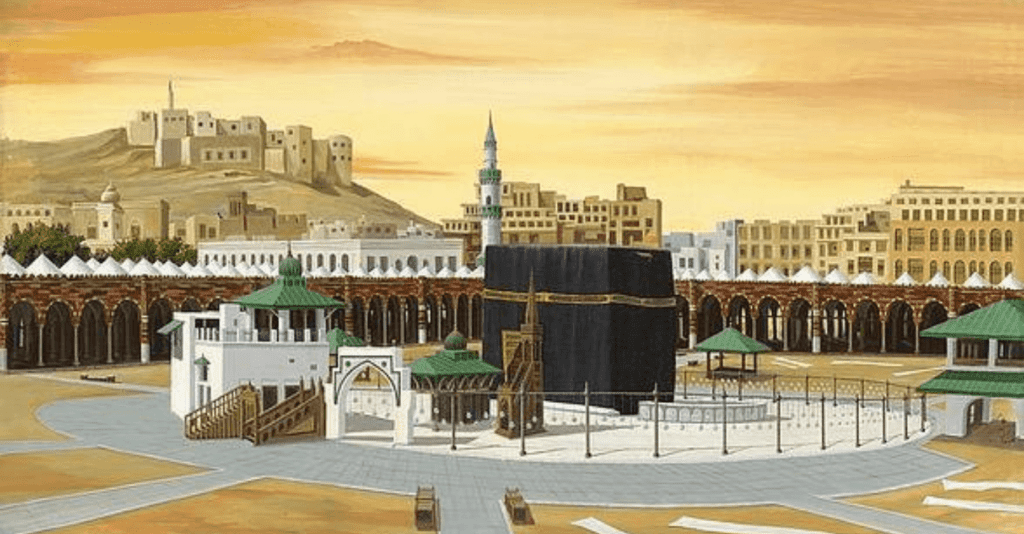
Revolution Of Masjid al-Haram
Masjid al-Haram underwent numerous renovations and expansions to accommodate the increasing number of pilgrims. In the 7th century, the Prophet Muhammad (peace be upon him) led the first Islamic conquest of Mecca. Prophet Muhammad (peace be upon him) removed the idols that had been placed in and around the Kaaba. He also performed his last pilgrimage to Masjid al-Haram, which became a significant event in Islamic history.
The most recent expansion of the mosque took place in 2011 and was aimed at increasing the capacity of the mosque to accommodate more worshippers. The expansion project included the construction of a new wing, the removal of old buildings surrounding the mosque, and the addition of new entrances.
The mosque’s expansions continued during the reign of the caliphs, who added more space to the mosque’s courtyard and built minarets and other structures. In the 20th century, the Saudi government undertook a massive renovation project to modernize the mosque and increase its capacity. The project involved the demolition of several historical buildings. And the construction of new ones, including the King Fahd Gate and the Abraj Al Bait Clock Tower.
Architecture and Design
The Masjid al-Haram covers an area of 356,800 square meters and can accommodate up to 4 million worshippers at once. The mosque has a unique design that is based on a central courtyard surrounded by colonnades. The square is paved with marble and granite and is adorned with several fountains and pools.
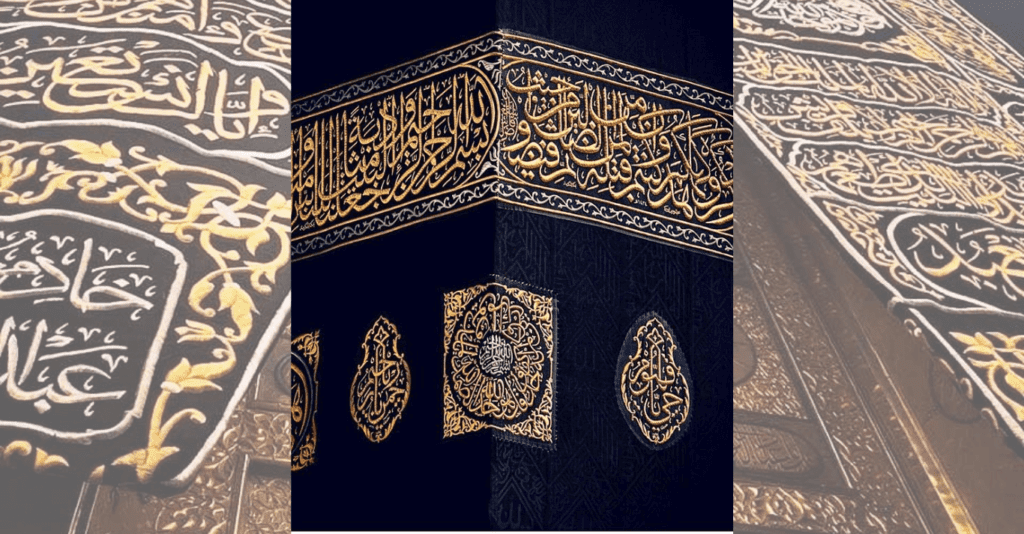
Craftsmen made the colonnades of the Kaba Sharif from white marble and adorned them with intricate calligraphy and geometric designs. The most distinctive feature of the mosque is the towering minarets that rise above the colonnades. The mosque decorates the minarets with green lights, which serve as a beacon for worshippers who come for prayer.
Inside the mosque, the focal point is the Kaaba, which is located at the center of the mosque. The Kaaba is covered in a black silk cloth known as the kiswa and is adorned with gold and silver thread. The interior of the mosque is air-conditioned and equipped with modern facilities to cater to the needs of the worshippers.
Significance of Masjid al-Haram
Masjid al-Haram holds immense significance for Muslims around the world. Muslims consider the Kaba Sharif as the holiest site in Islam. It serves as the focal point of the annual Hajj pilgrimage. During the Hajj, millions of Muslims from around the world gather at the mosque to perform the ritual of circumambulating the Kaaba.
The mosque is also a popular destination for Muslims who come to perform Umrah, the lesser pilgrimage. Muslims can perform Umrah at any time of the year, which involves visiting the mosque and circumambulating the Kaaba.
Religious significance
Apart from its religious significance, Masjid al-Haram also has historical and cultural significance. The mosque is a symbol of the rich Islamic heritage and is a testament to the architectural and engineering skills of the Muslim world. The mosque has been the subject of several works of literature, poetry, and art throughout the centuries.
The significance of Masjid al-Haram can be overstated as it is the holiest site in Islam. Muslims believe that it is the first house of worship built for the worship of Allah. It was the site of several important events in Islamic history. They also believe that the site was witness to several important events in Islamic history. Prophet Ibrahim built the Kaaba as a symbol of monotheism. And its devotion to Allah, which is the most important feature of the mosque. The Kaaba is the direction that Muslims face when they perform their daily prayers, no matter where they are in the world.
In addition to the Kaaba, Masjid al-Haram has several other important features, such as the Black Stone, which is located in the eastern corner of the Kaaba. Muslims believe that the Black Stone was given to Prophet Ibrahim by the Angel Gabriel. And that it is a symbol of Allah’s mercy and forgiveness.
Another important feature of Masjid al-Haram is the Maqam Ibrahim, which is a stone that Muslims believe Prophet Ibrahim used to stand on while he built the Kaaba. Muslims perform a special prayer at the Maqam Ibrahim after completing their circumambulation of the Kaaba during the Hajj and Umrah pilgrimages.
Features of Masjid al-Haram
Masjid al-Haram is a massive complex that covers an area of approximately 356,800 square meters. It has a capacity of over two million worshippers, making it one of the largest mosques in the world. The mosque’s courtyard is paved with marble and granite, and it has several fountains and water features to provide a cooling effect in the hot desert climate. In this part of the article, we will explore some of the remarkable features of Masjid al-Haram.
The mosque’s most prominent feature is the Kaaba, which is located in the center of the courtyard. The holy Kaaba is covered with a black silk and gold curtain known as the kiswah.
The Kaaba Sharif
The Kaaba Sharif is the holiest site in Islam and is located in the center of Masjid al-Haram’s courtyard. It is a cubical structure covered with a black silk and gold curtain known as the kiswah. Gold and silver calligraphy decorates the interior walls of the Kaaba, and the floor consists of marble. Prophet Ibrahim (Abraham) built the holy Kaaba as a symbol of monotheism and devotion to Allah.
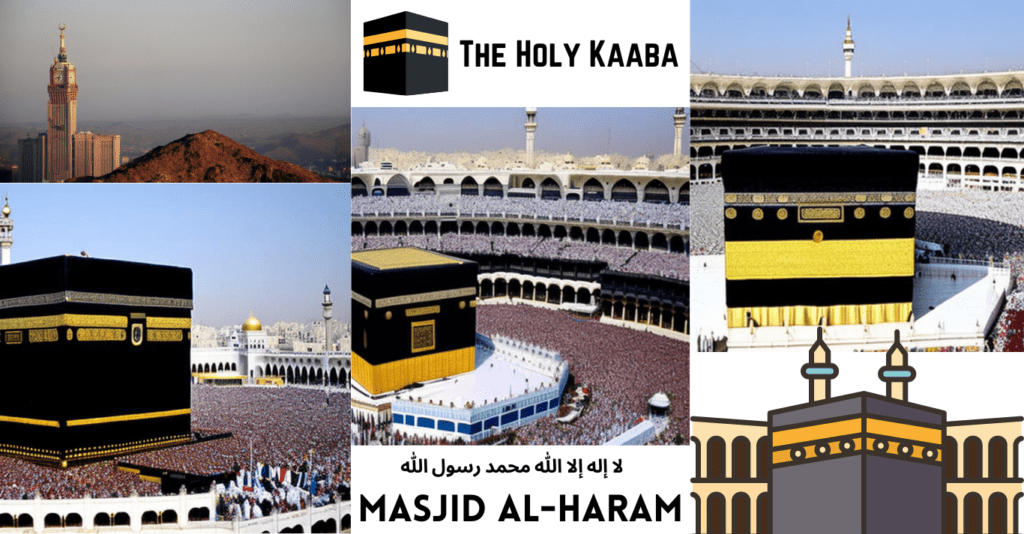
The Black Stone
The Black Stone (Hajar-al-Aswad), a dark rock considered a sacred relic in Islam. It is located in the eastern corner of the Kaaba. Muslims believe that the Angel Gabriel gave it to Prophet Ibrahim. And that it is a symbol of Allah’s mercy and forgiveness. Muslims who perform the Hajj and Umrah pilgrimages try to touch or kiss the Black Stone as a sign of their devotion.
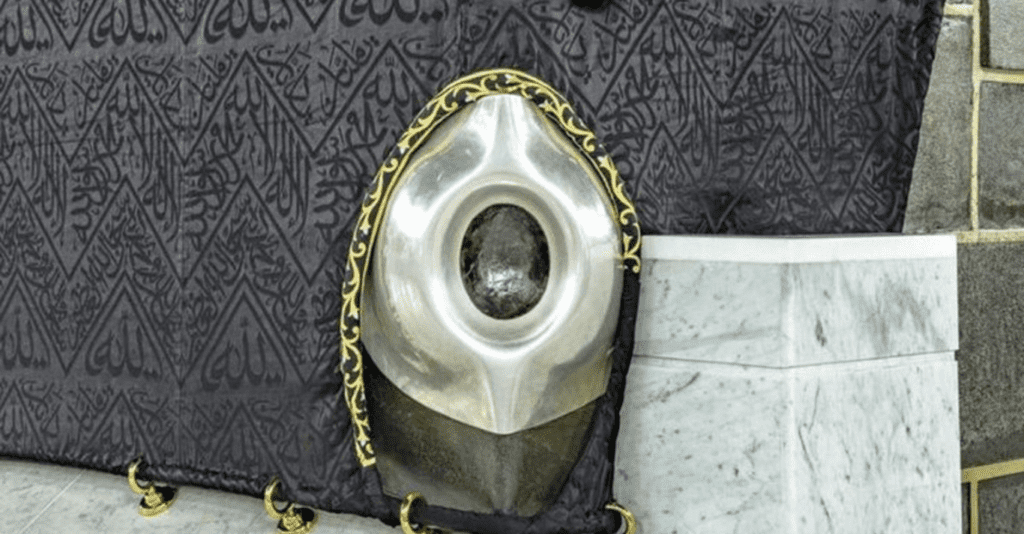
Safa and Marwa
Safa and Marwa are two small hills located within Masjid al-Haram’s courtyard. All Muslims ummah believe that they are where Prophet Ibrahim’s wife, Hajar, ran back and forth seven times searching for water for her infant son, Ismail. Muslims who perform the Hajj and Umrah pilgrimages walk between Safa and Marwa seven times as part of the rituals.
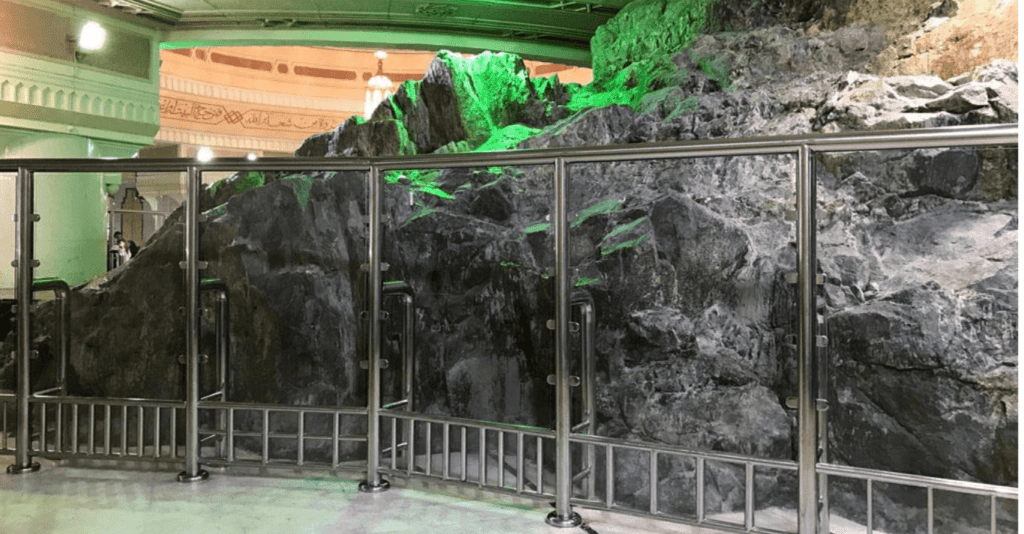
The Maqam Ibrahim
Prophet Ibrahim used the Maqam Ibrahim, a stone located near the Kaaba, to stand on while he built the Kaaba. Muslims perform a special prayer at the Maqam Ibrahim after completing their circumambulation of the Kaaba during the Hajj and Umrah pilgrimages.
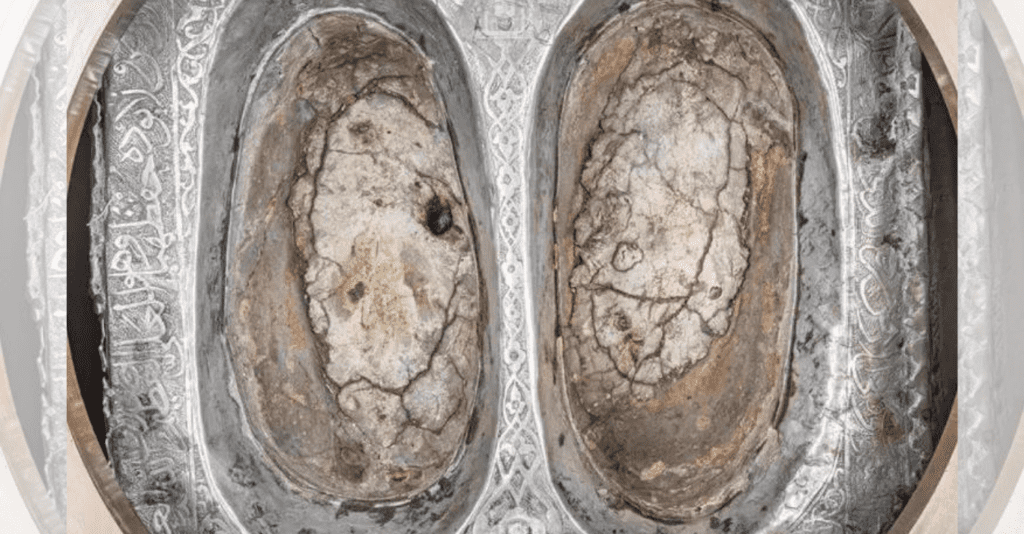
Mataf
The Mataf is the area immediately surrounding the Kaaba, where Muslims perform their circumambulation (tawaf). It is a circular area that can accommodate thousands of worshippers at a time. During the Hajj and Umrah pilgrimages, the Mataf can become extremely crowded. It can take hours to complete a single circumambulation.
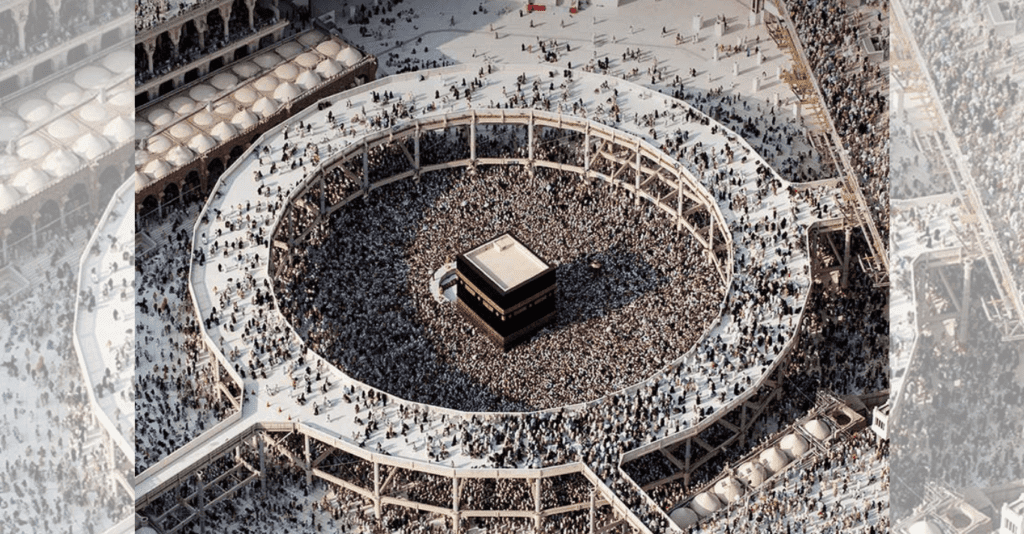
Hence, Masjid al-Haram is not only a place of worship but also a magnificent architectural marvel. Its rich history, stunning architecture, and spiritual significance make it one of the most visited sites in the world. The mosque’s remarkable features, such as the Kaaba, the Black Stone, Safa and Marwa, the Maqam Ibrahim, and the Mataf. So they are all integral to the Islamic faith and hold a special place in the hearts of millions of Muslims worldwide.
Visiting Masjid al-Haram
Visiting Masjid al-Haram, the holiest site in Islam, is a dream come true for millions of Muslims worldwide. Located in the holy city of Mecca, Saudi Arabia, the mosque attracts millions of worshippers every year. However, due to the large number of visitors, the Saudi government has implemented several measures to ensure the safety and comfort of the worshippers.
If you are planning to visit Masjid al-Haram, here are some tips to make your experience smooth and memorable.
Firstly, make sure you have all the necessary documents, including a valid passport and visa. It is also essential to have appropriate clothing that covers your body as per Islamic guidelines.
Once you arrive in Mecca, try to book accommodation near the mosque to avoid long commutes. The mosque remains open 24/7, but people can crowd it, especially during the Hajj and Umrah pilgrimages. It’s best to plan your visit during off-peak seasons to avoid crowds.
Make sure to plan your visit around prayer times, as the mosque closes for a few hours during these times. Additionally, it’s best to keep your belongings secure and avoid carrying large amounts of cash.
Visiting Masjid al-Haram is a once-in-a-lifetime experience. And with proper planning, you can make the most of your trip and create unforgettable memories.
Conclusion
Masjid al-Haram is an awe-inspiring mosque that holds immense spiritual and historical significance for the Muslim community. It is a testament to the devotion of Muslims worldwide and a symbol of their unshakeable faith. The mosque’s features, such as the Kaaba, the Black Stone, Safa and Marwa, the Maqam Ibrahim, and the Mataf, all add to its beauty and significance.
Millions of Muslims worldwide dream of visiting Masjid al-Haram at least once in their lifetime. And for those who have had the privilege of doing so, it is a life-changing experience that leaves a lasting impression. The mosque’s rich history, stunning architecture, and spiritual significance make it a must-visit for anyone interested in exploring the Islamic faith and the culture of the Middle East.
Overall, Masjid al-Haram remains one of the most visited and revered sites in the world. It continues to inspire and fascinate people from all walks of life. It is a testament to the power of faith and the enduring legacy of Islam. Masjid al-Haram will continue to hold a special place in the hearts of millions of Muslims for generations to come.

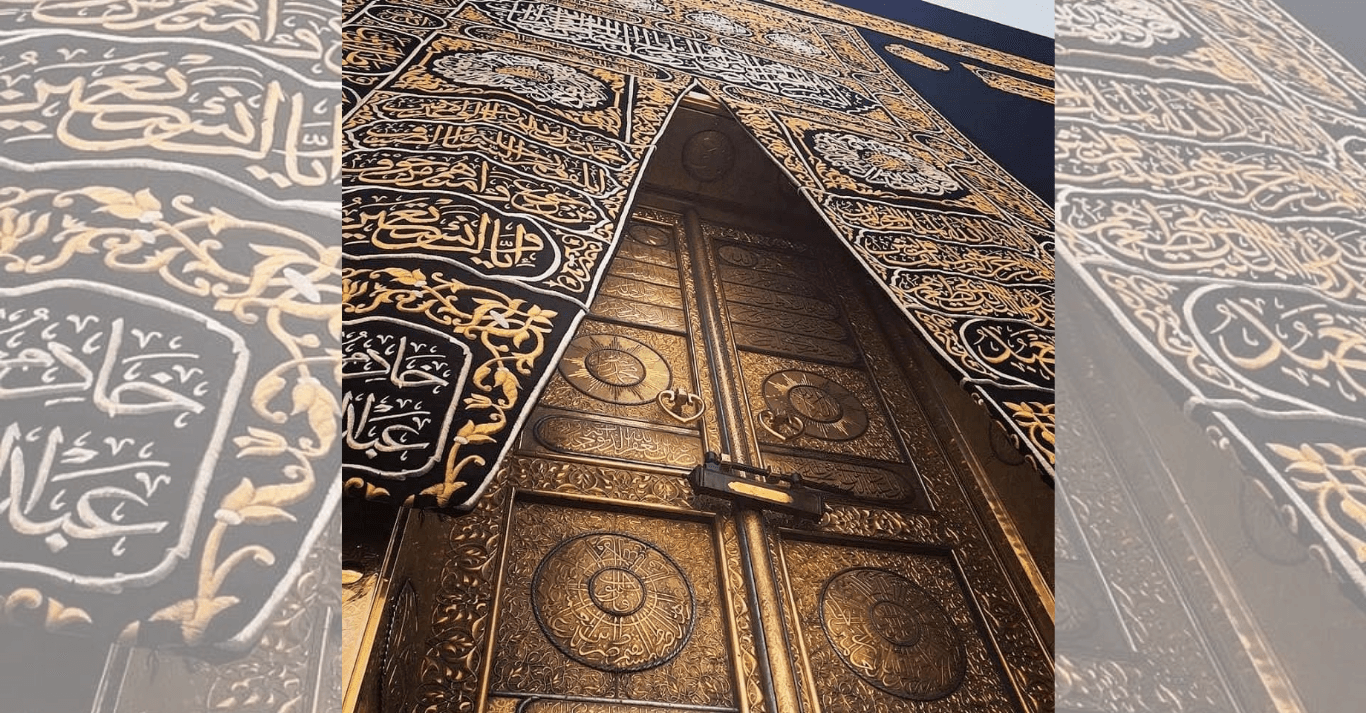
Pingback:Kaba Sharif: The Holiest Site in Islam - MOBSEAR Gallery